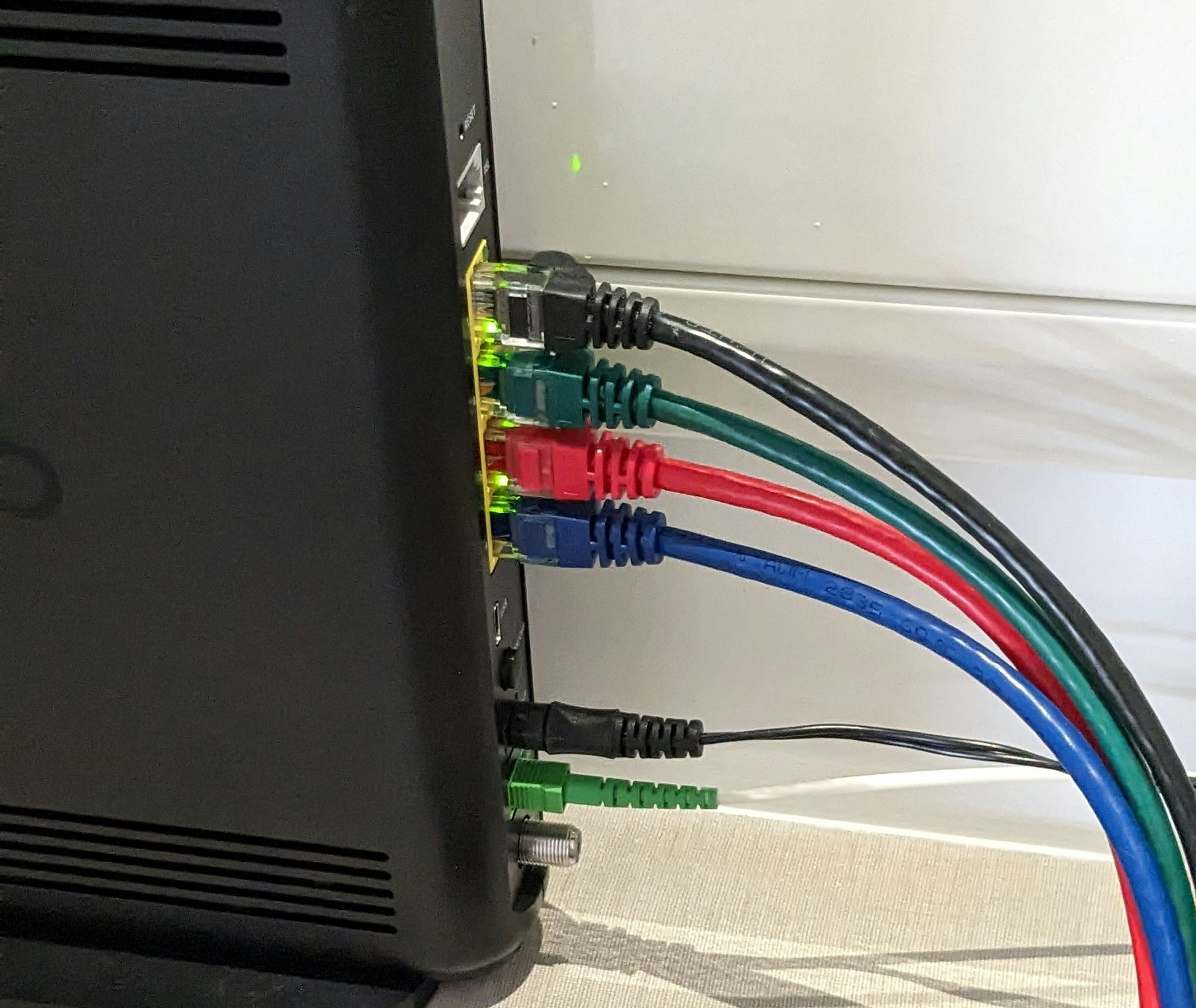Fiber optic technology has revolutionised data transmission, offering unparalleled speed and bandwidth. As businesses and consumers increasingly rely on high-speed internet, understanding the factors that influence fiber optic cable prices is crucial for making informed decisions about network infrastructure investments. In this comprehensive guide, we’ll explore the key elements that determine fiber wire prices, helping you navigate the market and optimize your connectivity solutions.
Buy Airtel Wi-Fi with exciting benefits!
Type of Fiber Optic Cable
One of the primary factors affecting fiber optic wire price is the type of cable used. Single-mode fiber, designed for long-distance transmission with minimal signal loss, tends to be more expensive than multi-mode fiber, which is better suited for shorter distances within buildings or campuses. The quality of the fiber also plays a role, with higher-quality fibers featuring low attenuation, dispersion, and polarisation commanding higher prices due to their enhanced efficiency. Choose the best fiber to enhance your internet connection with a high-speed internet plan.
Installation Costs
The installation process significantly impacts the overall cost of fiber optic cable deployment. Key factors include:
-
Aerial vs. Underground Installation: Aerial installation, involving running cables along utility poles, typically ranges from $8 to $12 per linear foot, or approximately $40,000 to $60,000 per mile. Underground installation, requiring trenching and conduit placement, can cost between $5,000 and $20,000 per mile.
-
Prep Work: Additional expenses may arise from necessary prep work, such as trenching or drilling through walls, which can vary based on the complexity of the job.
-
Physical Obstacles: Installation costs can escalate when navigating physical obstacles like highways, rivers, or historic buildings, as these require more time and effort to overcome.
Service Agreement
The service agreement, which covers ongoing maintenance and support, is another factor influencing the total cost of fiber optic cable ownership. This recurring monthly fee ensures the long-term reliability and performance of your network infrastructure.
Distance to the Nearest Fiber-Lit Building
The proximity of your location to the nearest fiber-lit building is a significant cost driver. If your business is situated far from an existing fiber connection, the technician will need to run the cable over a greater distance, resulting in higher installation costs.
Support and Maintenance
While fiber optic cables are less susceptible to environmental factors compared to traditional copper cables, support and maintenance costs should still be considered. However, the inherent durability of fiber optics often translates to fewer replacements and less frequent maintenance, potentially offsetting the initial investment over time.
Immunity to Electromagnetic Interference
Fiber optic cables offer a distinct advantage over copper alternatives: immunity to electromagnetic interference. This characteristic eliminates the need for additional protection measures, streamlining the installation process and reducing associated costs.
Hidden Costs
When evaluating the cost of fiber optic cable installation, it’s essential to account for hidden expenses such as:
-
Wiring closets
-
Conditioned UPS power
-
Data grounding
-
Floor space requirements
By factoring in these often-overlooked elements, businesses can develop a more accurate understanding of the long-term economic viability of fiber-based LANs.
Market Trends
As demand for fiber optic technology continues to grow, market trends play an increasingly important role in shaping fiber optic cable prices. The expanding adoption of fiber has led to a gradual decrease in prices, narrowing the gap between fiber and copper cable costs. This trend is expected to persist as fiber becomes the preferred choice for high-speed, reliable connectivity.
Conclusion
Understanding the factors that influence fiber optic wire price is essential for making informed decisions about your network infrastructure. By considering elements such as cable type, installation costs, service agreements, distance to fiber-lit buildings, support and maintenance, electromagnetic interference immunity, hidden costs, and market trends, you can navigate the complexities of fiber optic pricing and select the most cost-effective solution for your needs.
When it comes to reliable, high-speed connectivity, Airtel Xstream Fiber stands out as a leading provider, offering fiber optic broadband services across 1,140 cities in India. With plans tailored to various usage requirements and budgets, Airtel Xstream Fiber delivers seamless internet experiences backed by cutting-edge fiber optic technology. By choosing Airtel for your broadband needs, you can enjoy the benefits of fiber optic connectivity while leveraging the expertise of a trusted industry leader.



